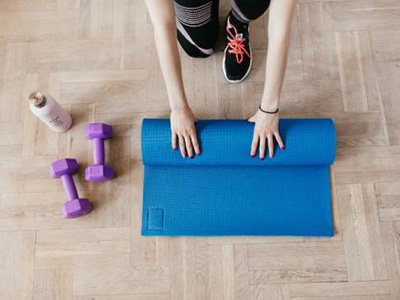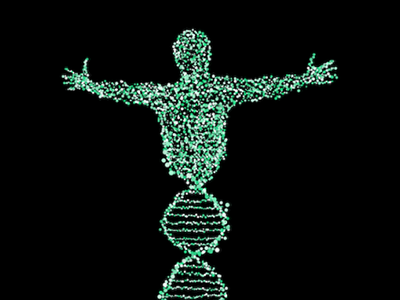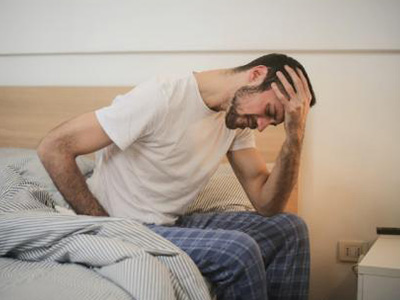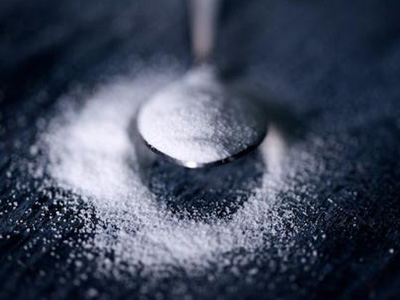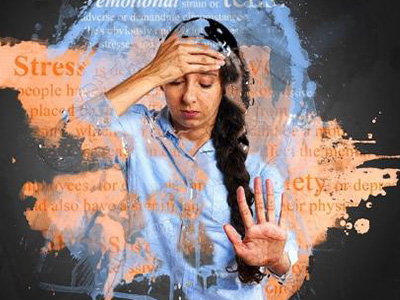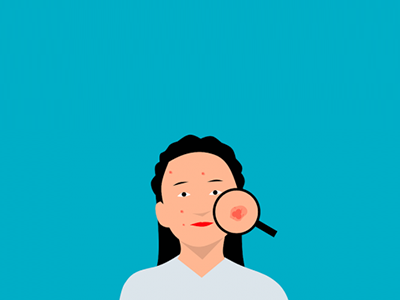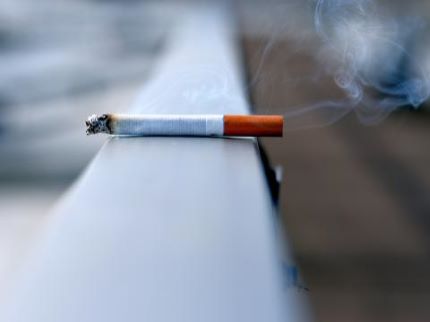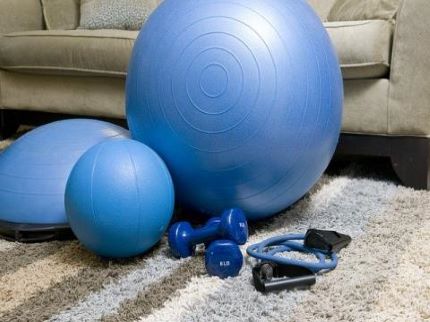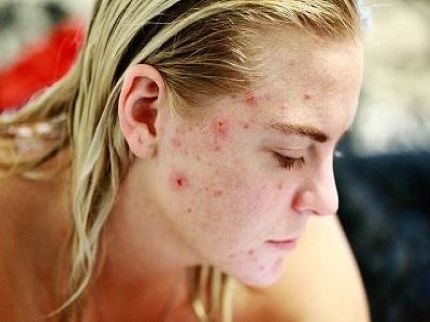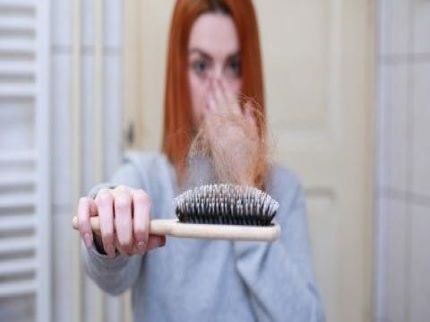Although it may not seem like it at first glance, your skin has over 5 million small openings on your body. These small openings are called pores and they allow oil and toxins to pass out of the body to keep our skin healthy.
Unfortunately, these pores and the glands associated with them can become blocked with too much oil (called sebum), dead skin cells, and dirt.
Externally, things that touch your skin directly such as cosmetics (especially oil-based ones), oily hair, clothing, and accessories like headbands, hats, helmets, or backpacks can trap those oils within the glands. Internally, things such as stress, hormones, medications, and diet can all affect how much oil is being produced within those glands. As the pores become blocked, growth of bacteria (Propionibacterium Acnes) leads to inflammation, redness, pimples, and other skin changes.
Acne is a common problem for teenagers who undergo many hormonal changes.
Acne is a common problem for teenagers who undergo many hormonal changes, but it can last or even start well into adult years. Acne more commonly affects women and can be closely related to the changes in hormones during their menstrual cycles. Acne tends to occur in areas where there are more sebaceous glands: the face, back, chest, and upper arms. It is essential to have a daily skincare routine to help prevent worsening acne. This includes washing your skin gently with mild soap daily as well as after exercise and before bed. Avoid picking or squeezing pimples which can make acne worse and cause scarring. Sometimes general skincare is not enough and treatment is required. Medications generally will work by achieving one or more of the following to combat acne:
- Destroy or suppress the growth of the bacteria (P. Acnes)
- Decrease the inflammation
- Decrease sebum production
- Normalize keratinization (the process of dead skin cells being pushed out by newer skin cells)
- Hormonal therapy





